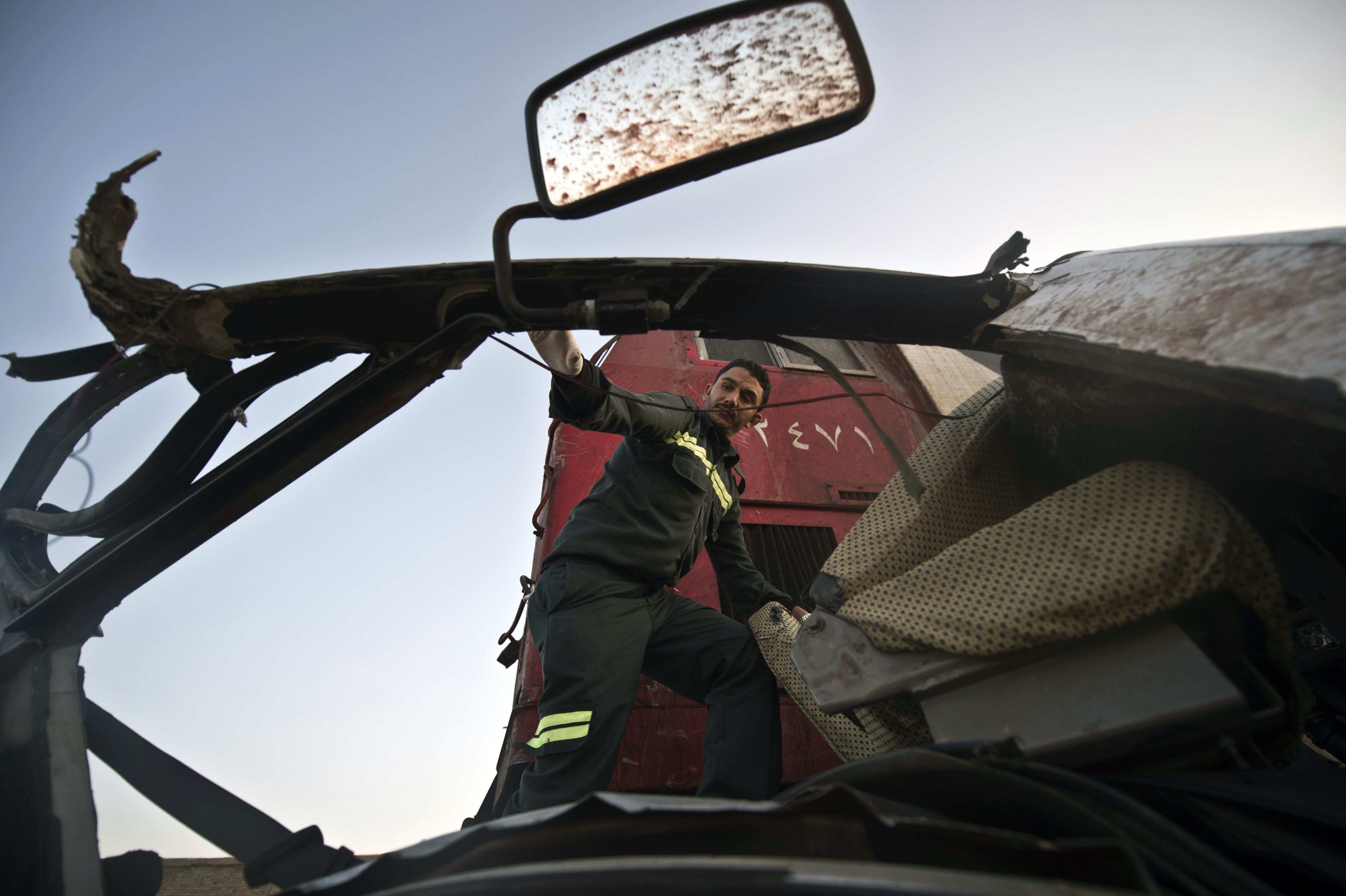
(AFP File Photo)
The General Directorate for Abu Simbel Antiquities celebrated the 46th anniversary for the successful transfer of Abu Simbel temples to a higher cliff by the United Nations Education, Scientific and Cultural Organization (UNESCO) Monday, rescuing the historical landmark from the possible risk of getting submerged by the rising water level in the Nile after building the High Dam.
The celebration included issuing postcards with photos of the temple, organising three lectures for students to encourage them to visit the temple, and raising their awareness about the rescue process, wrote Hossam Aboud, director of Abu Simbel antiquities in a statement.
UNESCO launched an international campaign to rescue Abu Simbel temple right after the start of the construction process of the High Dam in 1960. A total of 51 countries contributed in the rescue process, which has cost over $36m, according to the statement. The temple was reopened in September 1968.
The rescue process, which took four years, involved dismantling the monuments, carving them up and moving them to another site, 60 metres higher than the original one, according to the UNESCO website.
King Ramses II built Abu Simbel temple in the 13th century BCE, according to the Egyptian Tourism Authority website. The temple’s facade, which is 119 feet wide and 100 feet high, represents four colossal seated figures of the king. The temple was constructed in a way that allows the sun to shine twice a year through the length on the inner temple cave illuminating four statues of Gods situated at the end of the cave.


